Upgrading the server interface from 10G to 25G brings many benefits, such as:
Ethernet performance is 2.5 times that of 10G interface;
Can provide higher port density for the server;
Lower power consumption per GB of data transmission (more power saving);
...
Although these benefits are tempting, there are still several areas to be aware of:
First, make sure you understand the meaning of 25G / 100G
The transmission rate of the Ethernet interface has generally increased linearly over the past few decades (10 times every 10 years). The wired network card of everyone's desktop or laptop computer is basically a gigabit network card. In many current data centers, the server interface is 10Gbps (10 Gigabit), and the interface between switches is 40Gbps (40 Gigabit). Most of them are considering (or are) upgrading the network to the next generation 25G / 100G network (the interface of the server is 25Gbps, and the interface between switches is 100Gbps).
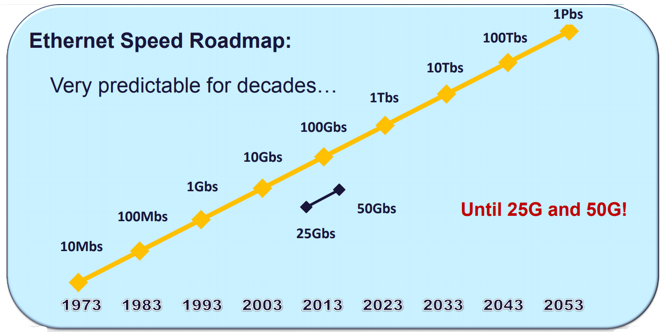
A 100Gbps connection can be broken down into four channels (25Gbps per channel) by a break-out cable, so a 100G network is sometimes called a 25G / 100G network. In the same way, 10G network is sometimes called 10G / 40G network.
10G / 40G network:
The link between the spine switch and the Leaf (TOR) switch is 40Gbps,
The server interface is 10Gbps. Different leaf switches provide 10G interfaces and the port density may be different.
1) Take a Leaf switch as an example, the switch port specifications are: 48 * 10Gbps + 6 * 40Gbps, and the 10G interface provided by the Leaf switch is the native 10G interface of the Leaf switch:
2) Take a Leaf switch as an example. The switch port specification is: 32 * 40Gbps. At this time, the 10G interface provided by the Leaf switch is its native 40G interface. The port is used in the scenario where the Spine switch is connected, and it can provide (32-6) * 4 = 104 10G ports):
C-light 10G transceiver video
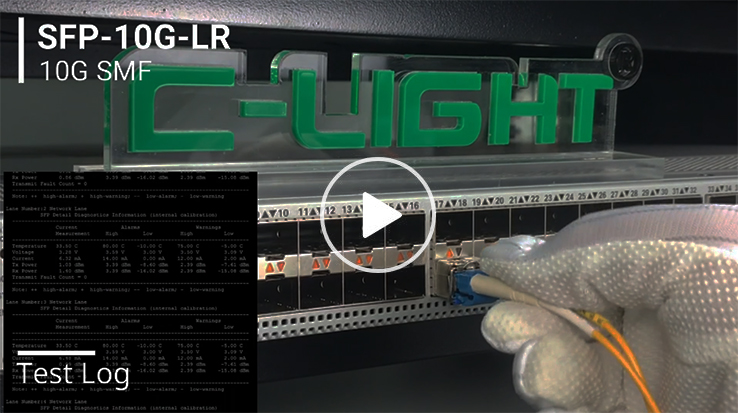
25G / 100G network:
100Gbps link between spine switch and leaf switch
The way in which the server interface provides 25G interfaces for different 25Gbps Leaf switches and the port density may be different:
1) Take a Leaf switch as an example. The switch port specifications are: 48 * 25Gbps + 6 * 100Gbps. At this time, the 25G interface provided by the Leaf switch is the native 25G interface of the Leaf switch:
2) Take a Leaf switch as an example. The switch port specification is: 32 * 100Gbps. At this time, the 25G interface provided by the Leaf switch is its native 100G interface. The port is used to connect to the Spine switch, and it can provide (32-6) 4 = 104 25G ports):
Second, Based on the scale of business expansion, comprehensively consider whether an upgrade is needed
For some leading companies, upgrading from the current 10 / 40G network to 25 / 100G is the fastest way. After all, the time it takes to plan, build, and launch a data center can take years. (It takes too long to run the risk of being caught up by competitors). The major public cloud giants in the world are basically American companies. It is particularly important that some leaders maintain (or even expand their leading edge) even though 25G / 100G equipment and optical modules were much more expensive than today, but they still A few years ago, the existing data center network was gradually upgraded from 10 / 40G to 25 / 100G (of course, they also built some new data centers during the same period).
Forecast of optical module shipments to Amazon, Google and Microsoft
Looking at the shipments of the entire optical module market, we will find that each new optical module has not been widely used for a year or two. Think about it, after all, it was very expensive at the time of launch. In the past few years, the domestic application of 25G / 100G is behind the pace of several major OTTs in the United States, and most of the domestic 25G / 100G is used in new data centers. Today, many of the 10G data centers with national memory are about to face network bottlenecks or design life of IT equipment. The price of 25G / 100G optical modules is much lower than the previous two years. + Performance improvement).
Shipment forecast for the entire optical module market
Third, not every server needs to be upgraded
If the 10G network (or some time in the future) of some servers in your data center has no bottlenecks, upgrading their networks to 25G will not bring performance improvements. In this case, these servers can continue to use the 10G network, and upgrades will be made when the network is about to become a bottleneck. Fourth, try not to purchase 40Gbps network cards. In the past few years, the number of 40G server network card shipments has not been large. The price screenshots of the 25G and 40G server network cards of an e-commerce platform are as follows (excluding optical modules). You can see that the prices are very close. However, the 40G network card usually cannot make full use of the server PCIe bus. Because many servers have PCIe 3.0 x 8 (Gen3 x8) slots, they can provide 56Gbps of bandwidth. Inserting a network card with two 25G ports into a 56Gbps PCIe slot can make the network to server performance more efficient (compared to inserting a 40G port network card).
400G optical transceiver module
As the demand for data centers and cloud computing resources continues to grow, it has driven the development of very large-scale public cloud data centers. Global data traffic continues to rise, prompting the development of data centers from 100G to higher speeds, larger bandwidths, and lower latency. 400G will be the next generation backbone network upgrade and new construction direction, and will become an inevitable trend for data centers. Many service providers have already begun to deploy 400G network construction solutions. In the process of building a 400G network system, a 400G optical module plays a vital role. So what is a 400G optical module? What are the differences from 10G, 25G, and 40G optical modules?
What is a 400G optical module?
The 400G optical module is also called a 400G optical transceiver module, which mainly performs photoelectric conversion. The electrical signal is converted into an optical signal at the transmitting end, and then transmitted through an optical fiber. The optical signal is converted into an electrical signal at the receiving end. The 400G optical module has a transmission rate of 400G. It was born to adapt to the network market from 100M, 1G, 25G, 40G to 100G, 400G, or even 1T. The 400G optical module plays a vital role in building a 400G network system. effect.
What does a 400G optical module do?
The main role of 400G optical modules is to improve data throughput and maximize the bandwidth and port density of data centers. The future trend of 400G optical modules is to achieve wide gain, low noise, miniaturization and integration, and provide high-quality optical communication modules for next-generation wireless networks and ultra-large-scale data centers.
How many chips do 400G optical modules require?
China's 400G optical module chip imports are heavily dependent. From the perspective of the competition pattern of the global optical chip industry, the self-sufficiency rate of high-end optical chips characterized by high-speed rates in China is insufficient, and the demand for related optical chips is extremely dependent on imports.
Therefore, although the optical chip only needs to use one piece in the 400G optical module, the cost ratio is high, which is the crown jewel of the optical module industry value chain. Among the optical modules, optical chips occupy the highest value end, and the cost ratio of the higher-end optical modules is higher. In 10G / 25G optical modules, the cost of optical chips accounts for about 30%, the cost of optical chips in 40G / 100G optical modules accounts for about 50%, and the cost of optical chips in 400G optical modules can reach 70%.









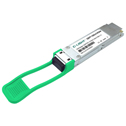

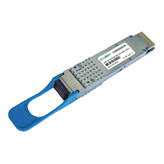

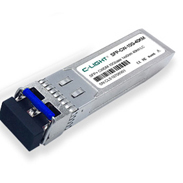
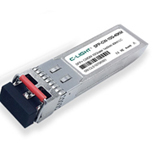
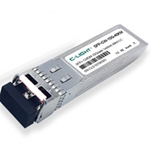
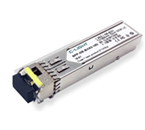
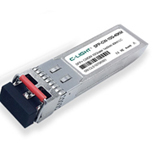
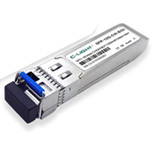



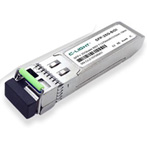
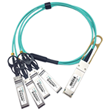
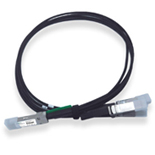
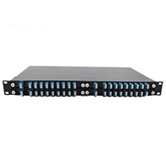
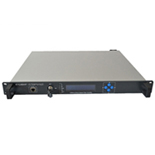
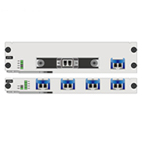

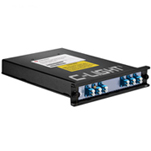
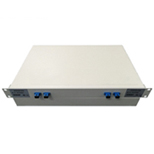


 Your current position:
Your current position: 




